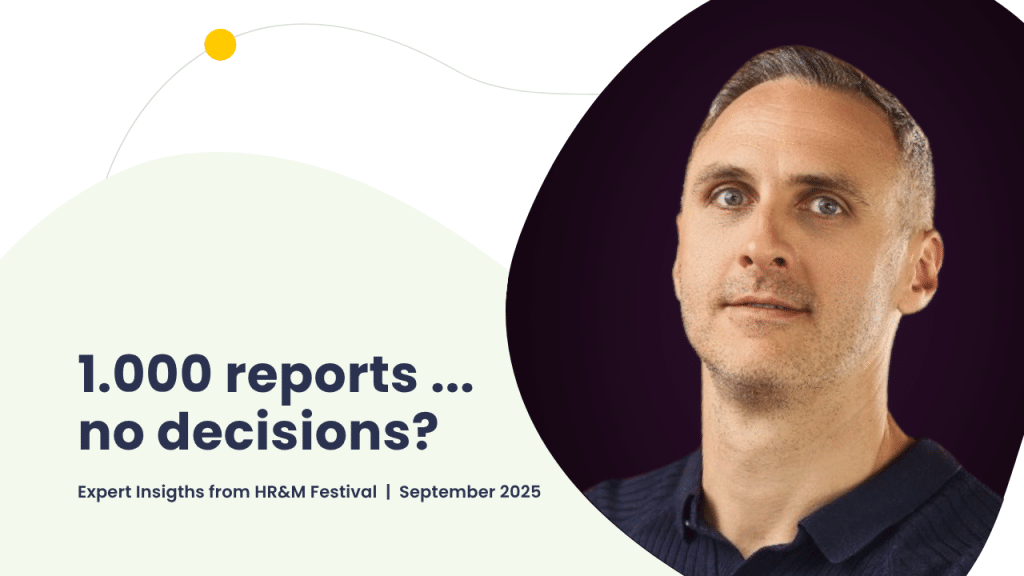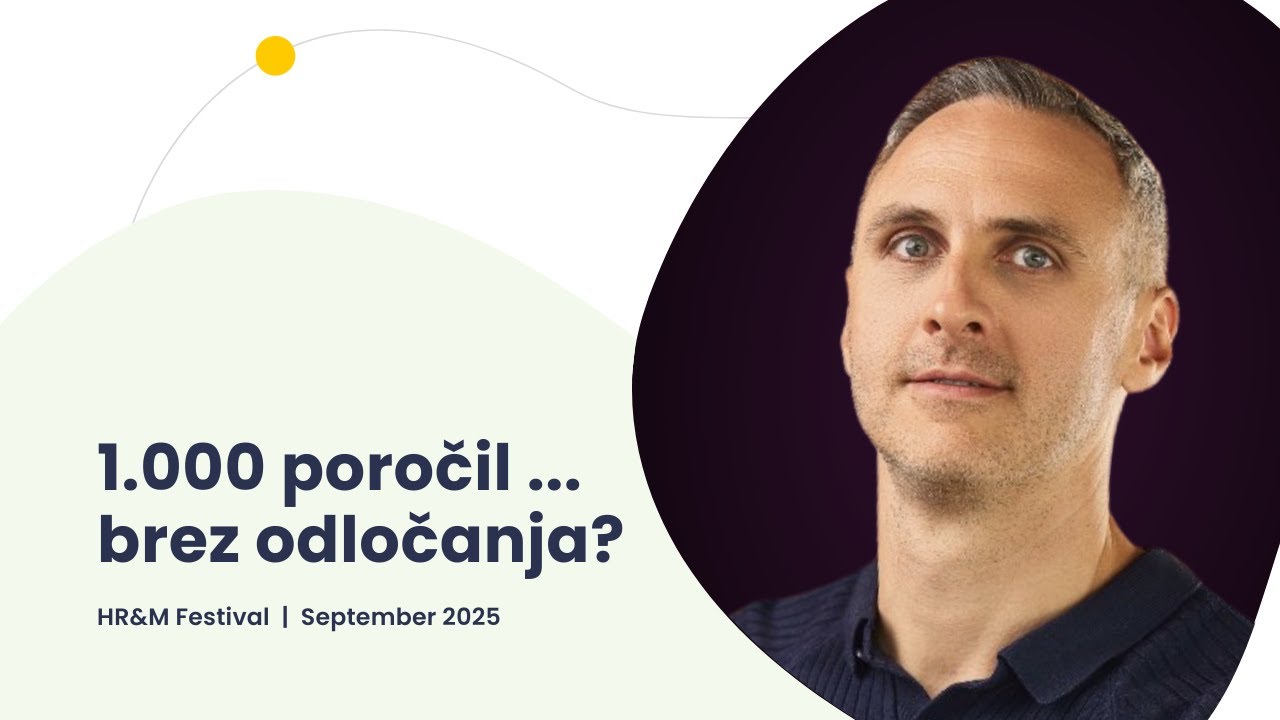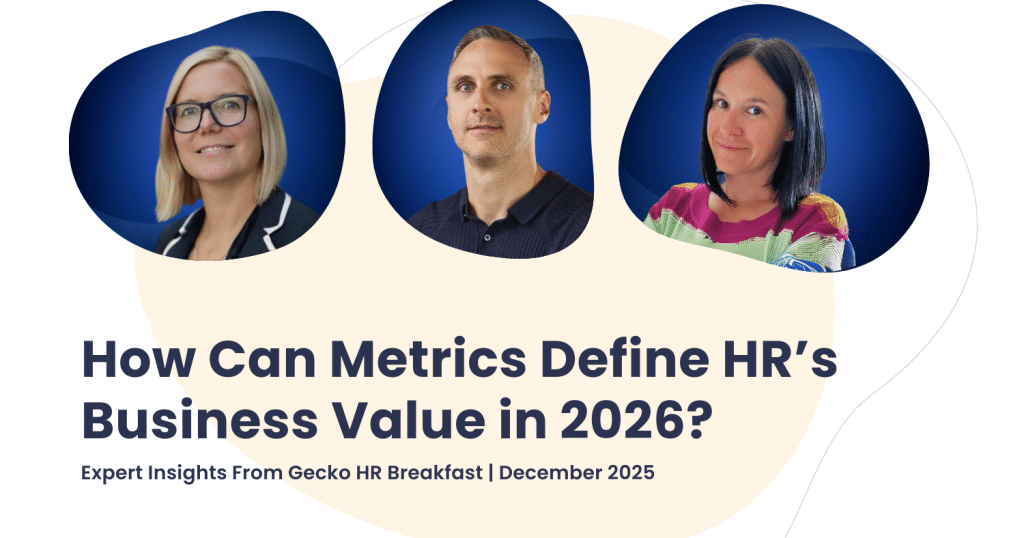From Data to Direction: Unlocking Strategic Value in HR Reporting

While Sales optimises its pipeline every week, Marketing tracks every conversion, and IT monitors responses to internal requests, HR is still producing reports… often without real value. The question is: is the obstacle in the tools, the culture, or the knowledge? And more importantly, how can this be changed?
It’s time for analytics to become an everyday tool in HR – not as an added burden, but as a lever for better processes and smarter decisions. Reporting should no longer focus only on what has happened, but on what should happen next. Forward-thinking HR leaders are reimagining how analytics and data visibility can elevate not just HR’s role, but business impact as a whole.
Why Traditional HR Reporting Isn’t Enough
In many organisations, HR reporting still answers the basics: how many hires, how many interviews, what was the time-to-fill? This type of operational reporting is useful, but limited.
“We’re still seeing too many reports telling us what happened, without connecting the dots to business outcomes or strategic goals.” – Marko Perme, Gecko HRM’s CEO
This gap is especially critical in regulated sectors, where HR plays a pivotal role in compliance, workforce capability, and leadership development. The question isn’t whether your HR team is reporting. It’s whether they’re reporting what truly matters.
The Three Levels of HR Reporting Maturity
To bridge this gap, organisations need to evolve their approach to HR analytics. At Gecko HRM, we categorise this into three maturity levels:
1. Operational Reporting
This is the foundation – capturing what has already occurred:
• Number of hires or interviews
• Absenteeism or turnover rates
• Completion rates for training sessions
2. Process Effectiveness Reporting
Here HR begins to evaluate how well processes work:
• Conversion rates from recruitment to onboarding
• Time-to-productivity for new hires
• Training ROI over 6–12 months
3. Strategic Insight Reporting
This is where HR becomes a true business partner:
• Leadership quality index derived from 360 feedback, team performance, and retention
• Impact of learning and development on long-term performance
• KPI alignment with strategic business goals such as innovation or expansion
From Raw Data to Real Decisions
Raw data without action is just noise. That’s why leading HR teams go beyond dashboards and invest in:
- Role-based insights for executives and managers
- Predictive indicators highlighting potential risks such as attrition or leadership gaps
- Automated recommendations tied to measurable KPIs
By embedding smart analytics into everyday workflows, HR leaders can shift from reactive to proactive and deliver measurable business value.
Building a Data-Driven HR Culture
To make analytics a natural part of HR’s daily work, start with these steps:
- Embed analytics as a core HR competence. Identify team members who combine people’s senses with data intuition.
- Align KPIs with strategy. Don’t just measure what’s easy – measure what matters to leadership.
- Involve leadership. Use insights to support decisions at board level, not just in HR meetings.
- Delegate accountability. Every KPI should have a responsible owner and follow-up process.
- Automate where it counts. Use technology, such as Gecko’s platform, to reduce manual reporting and ensure real-time accuracy.
Final Thought: Stop Reporting. Start Guiding.
Modern HR isn’t about looking back; it’s about steering forward. By rethinking the structure, purpose, and audience of your reports, you turn them from static documents into strategic tools.
Analytics gives HR professionals the power to move from intuition to insight, to prove what they’ve always known – that people drive business success.
Watch Marko Perme’s full talk on this topic at the HR&M Festival 2025 right here:
You might also like
View all posts









